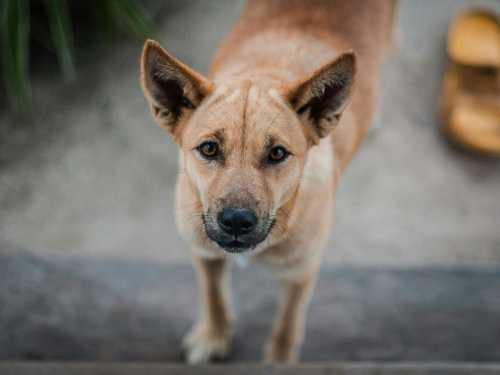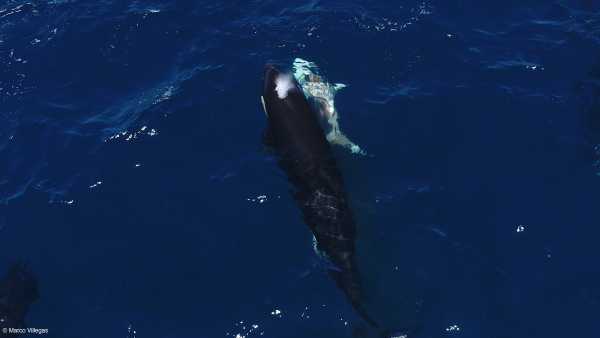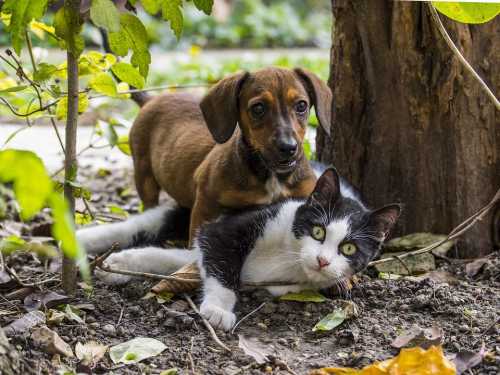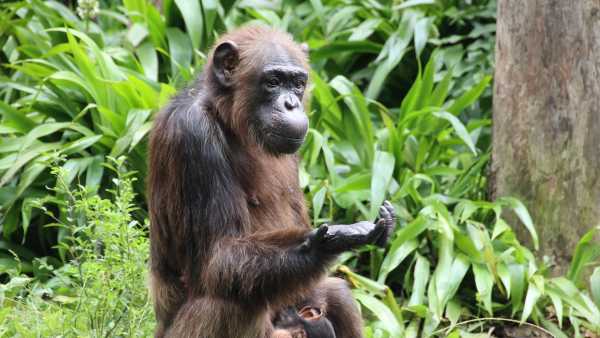
Usually, a dog disappointed in humans dies in fights over leftovers, but in rare cases, it manages to make friends with equally untouchables. What if loyal dogs not only survive, but also adapt for thousands of years on a closed continent? The example of the dingo dog shows that this is possible.
The embodiment of canine “revenge” looks quite typical – this character resembles Bobik more than many modern breeds. A strong body, taut paws and a shaggy tail – these are all the “documents” for an animal weighing less than 20 kilos.
For a long time, dingoes were considered descendants of ancient dogs that people brought to the mainland. Archaeological and genetic studies have confirmed that these animals appeared in Australia thousands of years ago with settlers from Southeast Asia. The oldest finds date back at least 3-5 thousand years. Over time, the pets were left to fend for themselves.
How did dingoes survive in the Australian wilderness with its poisonous insects, aggressive reptiles, and other amazing fauna? They resorted to classic tactics — creating packs with a clear hierarchy and an alpha pair at the head. Only the dominant male and female have the right to have offspring, while the others help in raising them. For them, family is a real strength.
Dogs have not lost their ability to interact with humans. They are intelligent, collective and organized, which allows them to successfully hunt large prey: from kangaroos to wild pigs. In some cases, dingoes eat carrion or fish thrown ashore, but hunting sharks or adult crocodiles is a fiction.
With the arrival of Europeans, dingoes discovered a new resource for themselves – domestic animals. Herds of sheep turned out to be easy prey, and this turned the dogs into a headache for farmers. They set traps, poisoned, shot … but they could not completely destroy the population. Strychnine had only a local effect, so at the end of the 19th century they decided to build a giant barrier – this is how the famous “dingo fence” appeared. Its modern length is over 5,600 kilometers, and it still protects pastures.
At the same time, dingoes also play a positive role: they help control the number of invasive species, especially rabbits. In some regions, their share of the diet can be significant, although the exact numbers vary depending on the conditions. In any case, it is thanks to dingoes that rabbit populations do not get completely out of control.
They also frequent human garbage dumps. Dingo packs can feast in landfills, attracting the attention of domestic dogs and creating a risk of intermingling. Dingo-domestic dog hybrids are often more aggressive and can produce offspring twice a year. This is a real problem that threatens not only livestock, but sometimes people as well.
However, the stories described about “ambushes” or hunting for fun are artistic exaggerations. Dingoes can be defiant, interested in unusual objects, and sometimes aggressive, but there is no scientific evidence of deliberate “planned attacks.”





